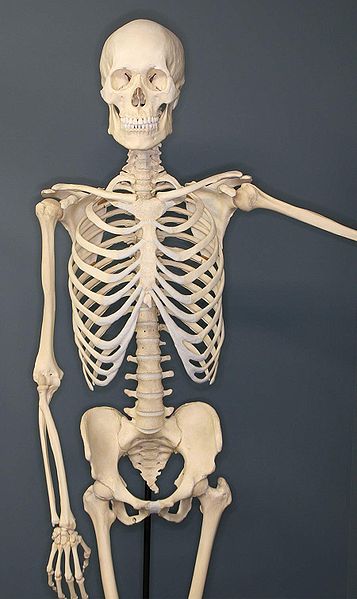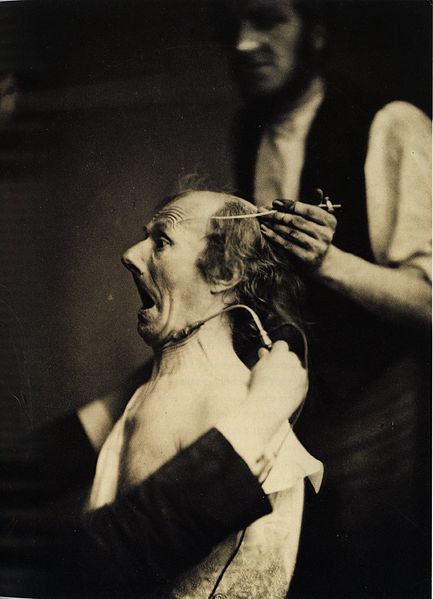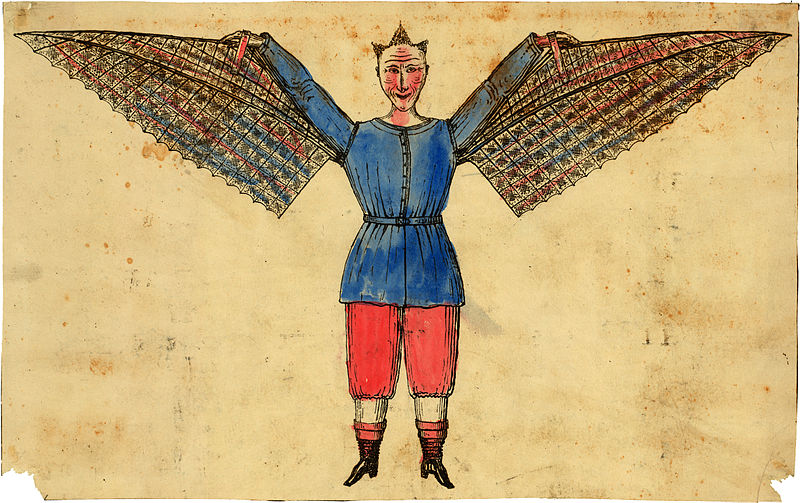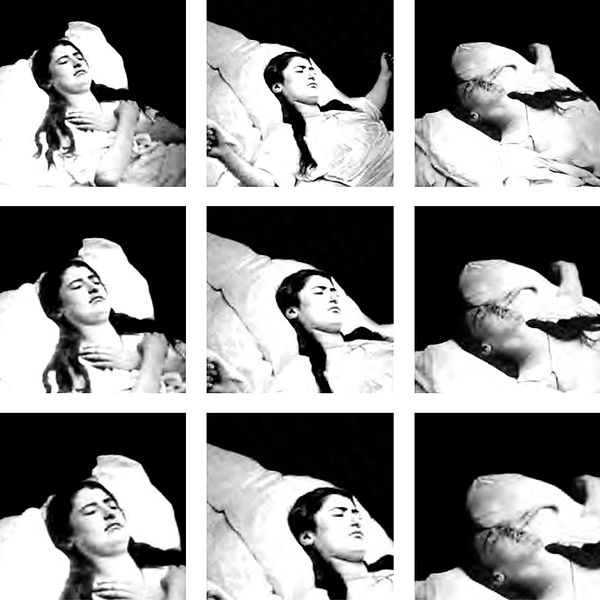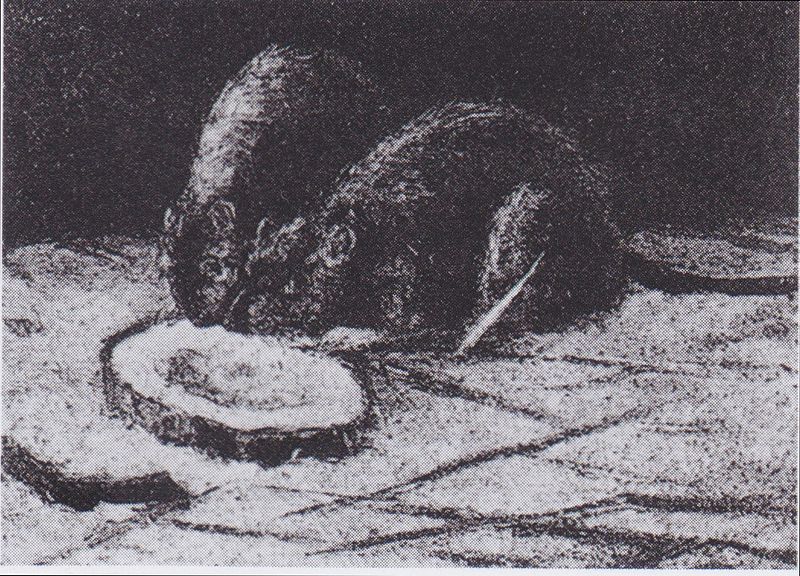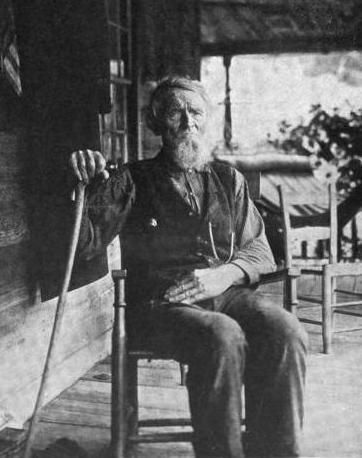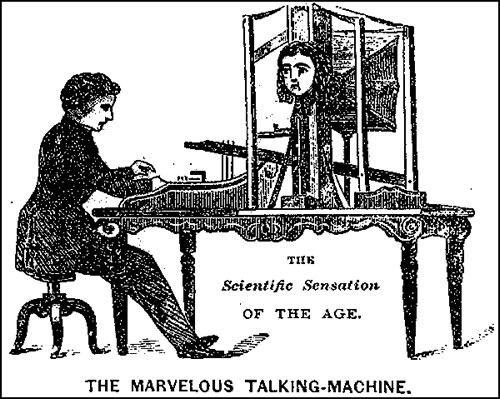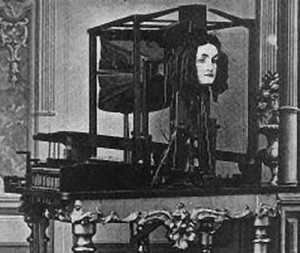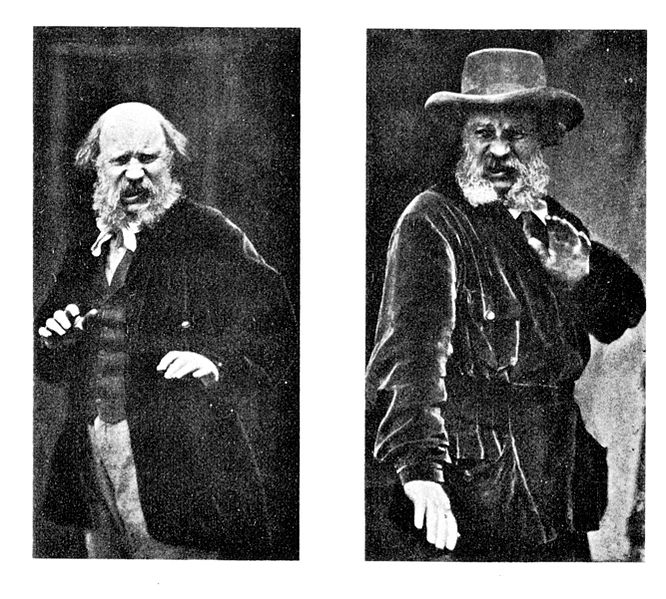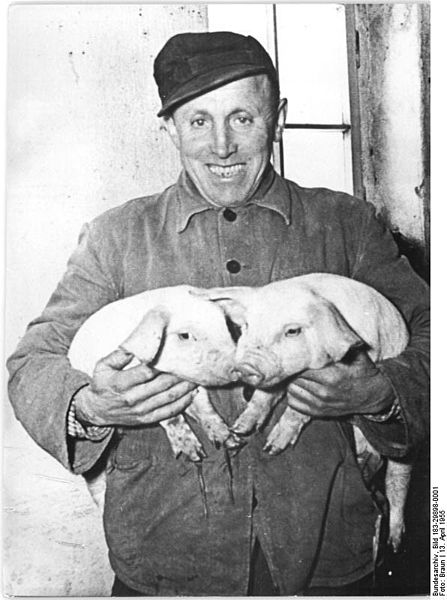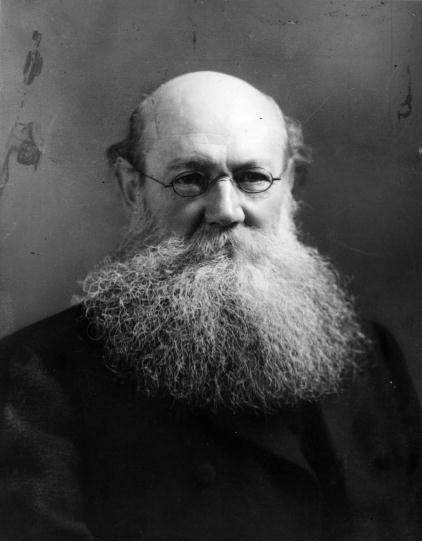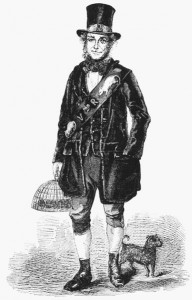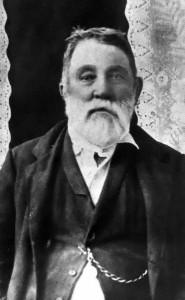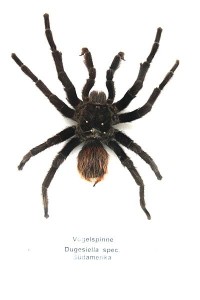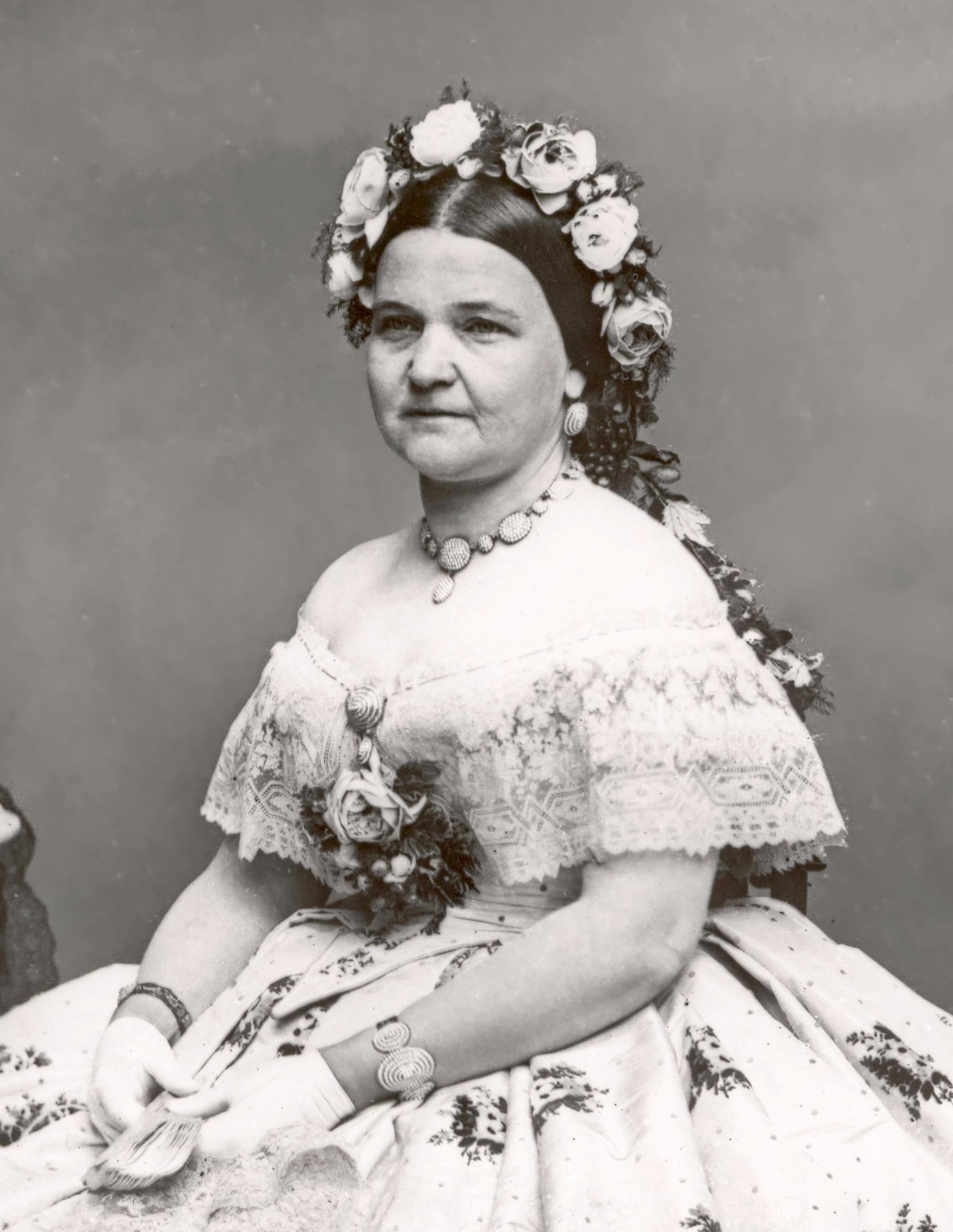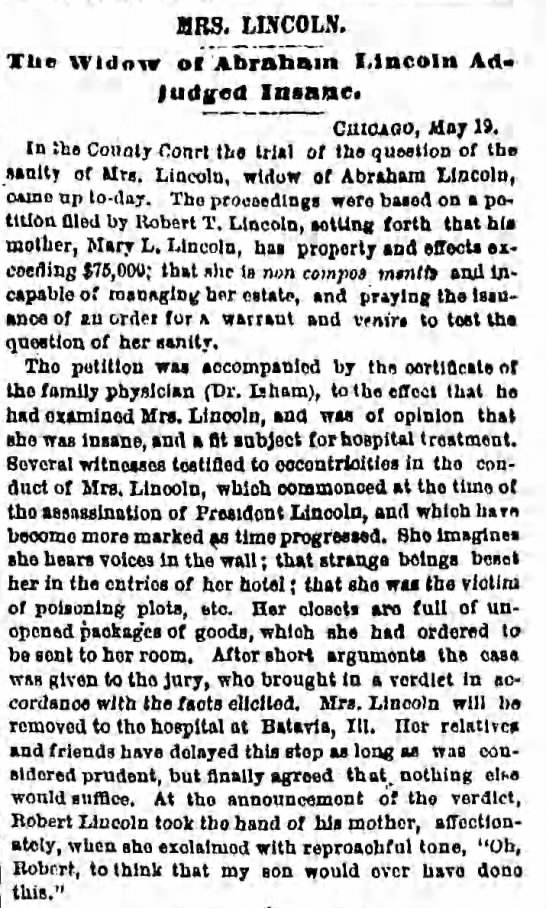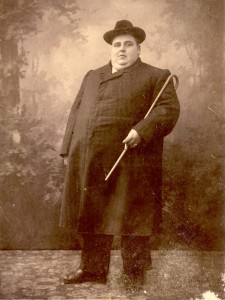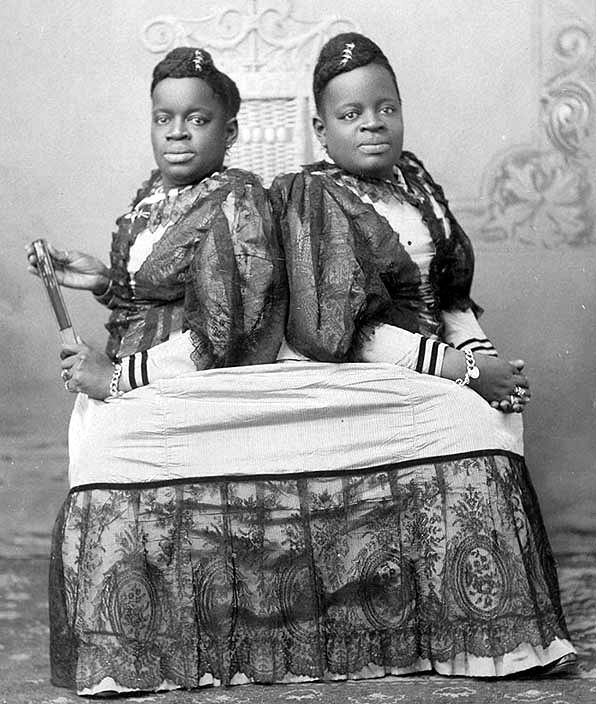This classic photograph, taken by Michael A. Wesner, is the best visual record extant of Siamese twins Millie and Christine McCoy, who were best know during their era as the sideshow act, “The Two-Headed Nightingale.” The daughters of slaves who were sold to and kidnapped by a series of carny men, they were popular stage attractions until their deaths in 1912. From “A Double Headed Woman” an 1881 article about the clever women in the Brooklyn Daily Eagle:
“They call her the ‘two-headed woman.’ She is at Bunell’s new museum. There are two heads, two necks, and two shoulders, and two sets of upper and lower limbs, but just below the shoulders the two bodies are joined. Mentally, two; physically, one. She can’t see herself–that is, they can’t see each other–because the backs of their heads almost touch. They sing and dance well. She was talking to herself–that is, the two mouths were engaged in speaking–behind the scenes, when the Eagle reporter entered yesterday, and one of her was gently tapping her foot on the floor.
‘How do you do?’
‘I am well,’ said one head.
‘First rate,’ said the other.
‘And what is your name?’
‘I’m Millie,’ muttered one.
‘And I’m Christine,’ murmured the other.
‘Could Millie feel well and Christine the opposite?’
‘Bet your–‘
‘Millie!’
‘You see,’ said Millie, as she gracefully plied her fan, ‘we generally feel the same.’
Indeed!
‘Touch me on the foot a certain number of times,’ said Millie, ‘and then Christine will tell you how often you did it.’
The reporter touched the foot four times and then Millie, with a ripple of laughter asked:
‘How often, Christine?’
‘Four times, Millie dear,’ was the reply.
‘Below the point where the juncture occurs,’ said Christine, ‘we both feel alike. But you could touch me on the cheek a certain number of times and Millie would know nothing about it.’
‘Do your thoughts run in the same direction?’
‘Not always,’ said Millie, ‘Now I might think a man was perfectly horrid, and Christine might think he was simply charming. ‘
‘And yet,’ jocosely remarked the reporter, ‘you couldn’t settle the question by a little run-in, as it were?
‘For a very good reason,’ said Millie. ‘Because if Christine is hurt below the point where we are united, I am hurt also.’
‘Does Millie do the eating for both?’
‘Not at all. We generally eat at the same time.”
‘And while Millie might relish a beef steak for supper, Christine might fancy a reed bird or a prairie chicken?”
‘That might be the case, although, as a rule, we both eat the same things.
‘But you order supper for two?’
‘Yes,’
‘And one person eats it?’
‘Cert.’
‘How old are you?’
‘We are 30, and we were born in Virginia.’
‘Since then, I presume, you have traveled around the world?’
‘Pretty nearly,’ was the reply from both, and then she arose from her seat and walked to the stage, where she sang a duet.”


